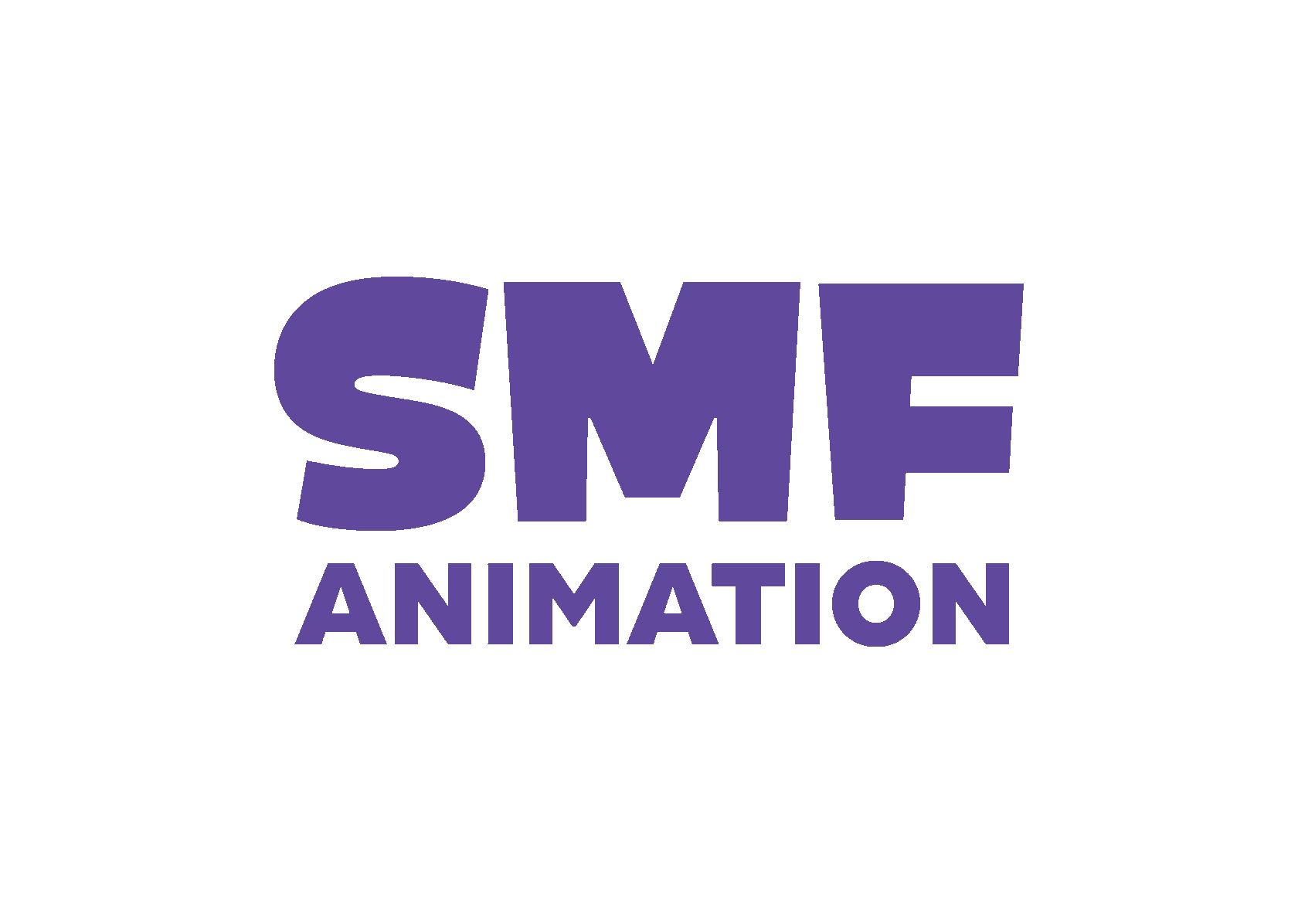golden collection
Since the foundation of the company 85 years ago, Soyuzmultfilm has created more than 1,500 animated films in a variety of formats, genres, and techniques. Many of these films received the highest Russian and international awards, and are not only an integral part of Russian culture, but also included in the classics of world animation.
Since the foundation of the company 85 years ago, Soyuzmultfilm has created more than 1,500 animated films in a variety of formats, genres, and techniques. Many of these films received the highest Russian and international awards, and are not only an integral part of Russian culture, but also included in the classics of world animation.

The Little Humpbacked Horse, 1947, 1975
Based on the poetic tale by Peter Erschov, this exiting, fervent and colorful story about the surprising adventures of Ivanushka and his magical friend the Horse together outwitting foolish and greedy Tsar brought to life the unique style of poetic storytelling in animation that is still considered very unusual. The artwork was highly evaluated by Walt Disney who gave it as an example to his creators.
Based on the poetic tale by Peter Erschov, this exiting, fervent and colorful story about the surprising adventures of Ivanushka and his magical friend the Horse together outwitting foolish and greedy Tsar brought to life the unique style of poetic storytelling in animation that is still considered very unusual. The artwork was highly evaluated by Walt Disney who gave it as an example to his creators.
The Snow Queen, 1957
The Snow Queen was the ninth animated feature-film produced by the Studio. Director Lev Atamanov simplified the story by Hans Christian Andersen to make a sharp and clear animated version of it. As soon as the film was finished, it started collecting awards: it was ranked number one at The Film Festival in Venice, later came the First Prize at the International Animation Festival in Rome, The Best Film of the Year at the Third British Film Festival in London, and other significant awards.
The Snow Queen was the ninth animated feature-film produced by the Studio. Director Lev Atamanov simplified the story by Hans Christian Andersen to make a sharp and clear animated version of it. As soon as the film was finished, it started collecting awards: it was ranked number one at The Film Festival in Venice, later came the First Prize at the International Animation Festival in Rome, The Best Film of the Year at the Third British Film Festival in London, and other significant awards.


The Mitten, 1967
Thanks to its clear simplicity and ability to touch hearts, this short film by director Roman Kachanov and artist Leonid Schwarzman gained worldwide recognition. This fascinating story is about a little girl dreaming of a dog. She pretends to walk her mitten as if it were a pet, and the power of her imagination makes her dream come true. The silver medal at The Moscow Film Festival in 1967, and later, international awards including the First Prize in Annecy and The Golden Plate grand prix at The Film Festival in Gijon in 1968.
Thanks to its clear simplicity and ability to touch hearts, this short film by director Roman Kachanov and artist Leonid Schwarzman gained worldwide recognition. This fascinating story is about a little girl dreaming of a dog. She pretends to walk her mitten as if it were a pet, and the power of her imagination makes her dream come true. The silver medal at The Moscow Film Festival in 1967, and later, international awards including the First Prize in Annecy and The Golden Plate grand prix at The Film Festival in Gijon in 1968.
Cheburashka, 1969 – 1983
Created by Soviet writer Eduard Uspensky, Cheburashka along with his friend Gena the Crocodile are the iconic characters of the animation series started in 1969. The cute 'animal unknown to science' found in a crate of oranges who taught the world how to be friends became a hit in the 1970s: as a popular character, he even had his own TV-show in Sweden. He was also chosen as the official mascot for the Russian Olympic Team in 2000s.
Created by Soviet writer Eduard Uspensky, Cheburashka along with his friend Gena the Crocodile are the iconic characters of the animation series started in 1969. The cute 'animal unknown to science' found in a crate of oranges who taught the world how to be friends became a hit in the 1970s: as a popular character, he even had his own TV-show in Sweden. He was also chosen as the official mascot for the Russian Olympic Team in 2000s.


Boniface's Holidays, 1965
The third artwork produced by Fyodor Khitruk is based on a tale by Czech author Milos Macourek. This is a fascinating story about the power of kindness: tired of his work in circus, lion Boniface goes on vacation to visit his granny but instead of having a rest, he amuses local kids with his circus tricks, to make them laugh again and again. The film has multiple awards and special shows at local and international festivals.
The third artwork produced by Fyodor Khitruk is based on a tale by Czech author Milos Macourek. This is a fascinating story about the power of kindness: tired of his work in circus, lion Boniface goes on vacation to visit his granny but instead of having a rest, he amuses local kids with his circus tricks, to make them laugh again and again. The film has multiple awards and special shows at local and international festivals.
The Kid and Karlsson, 1968
A cartoon adaptation of children's books by the Swedish author Astrid Lindgren. The best at everything Karlsson, a short chubby man who lives on the roof and always drags his friend Kid into troubles, is recognized as a national icon. The animated films about Karlsson are among the most celebrated and loved cartoons in Russia.
A cartoon adaptation of children's books by the Swedish author Astrid Lindgren. The best at everything Karlsson, a short chubby man who lives on the roof and always drags his friend Kid into troubles, is recognized as a national icon. The animated films about Karlsson are among the most celebrated and loved cartoons in Russia.


Mowgli, 1967 – 1971
Based on The Jungle Book by Rudyard Kipling, the animated short stories were released between 1967 and 1971. Later, the five shorts directed by Roman Davydov were combined into a single feature-length film. In fact, this story about the upbringing of a real man, about life and death, duty and feelings, fear and heroism is thought to be closer to the original text than other versions appeared worldwide before or after.
Based on The Jungle Book by Rudyard Kipling, the animated short stories were released between 1967 and 1971. Later, the five shorts directed by Roman Davydov were combined into a single feature-length film. In fact, this story about the upbringing of a real man, about life and death, duty and feelings, fear and heroism is thought to be closer to the original text than other versions appeared worldwide before or after.
I'll get you! since 1969
The odyssey about unlucky Wolf chasing invincible Hare appeared in 1969, with the latest episode produced in 2006, is still one of the leaders in Russian animation. Imagine Tom and Jerry, only with Russian zest: relatable characters, simple but funny humor, and catchy tunes. The series was named the first among 'People's favorite animated series' at All-Russian National Poll in 2014.
The odyssey about unlucky Wolf chasing invincible Hare appeared in 1969, with the latest episode produced in 2006, is still one of the leaders in Russian animation. Imagine Tom and Jerry, only with Russian zest: relatable characters, simple but funny humor, and catchy tunes. The series was named the first among 'People's favorite animated series' at All-Russian National Poll in 2014.


Winnie-the-Pooh, 1969
The trilogy directed by legendary Soviet animation director Fyodor Khitruk brought to the world probably the cutest Winnie-the-Pooh you have ever seen. In the Soviet version of the well-known story by Alan Milne, the leading characters are the famous bear himself and his little friend Piglet. It was the first appearance of Winnie on the Russian market. The screenwriter Boris Zakhoder translated and adapted the books only after the film.
The trilogy directed by legendary Soviet animation director Fyodor Khitruk brought to the world probably the cutest Winnie-the-Pooh you have ever seen. In the Soviet version of the well-known story by Alan Milne, the leading characters are the famous bear himself and his little friend Piglet. It was the first appearance of Winnie on the Russian market. The screenwriter Boris Zakhoder translated and adapted the books only after the film.
The Bremen Town Musicians, 1969
The first musical feature-film in the Soviet animation history based on the world famous Grimm Brothers fairy tale. A romantic and daring story with a hint of rebellion about Troubadour and Princess. Animal friends help him win Princess' heart in spite of her father's will. Created with rock-and-roll and hippie culture elements, this way too brave for 1969 artwork became immediately popular among viewers. Within the first two years following the film release, soundtrack sales reached 28 million copies.
The first musical feature-film in the Soviet animation history based on the world famous Grimm Brothers fairy tale. A romantic and daring story with a hint of rebellion about Troubadour and Princess. Animal friends help him win Princess' heart in spite of her father's will. Created with rock-and-roll and hippie culture elements, this way too brave for 1969 artwork became immediately popular among viewers. Within the first two years following the film release, soundtrack sales reached 28 million copies.


The Butterfly, 1972
This short film directed by Andrey Khrzhanovskiy is the perfect definition of respect for life and freedom full of the magical atmosphere we all remember from childhood. With the music by Alfred Schnittke, the film reveals a story of a boy who caught a butterfly, which grew to enormous size and got the little hunter into a net. Upon the release, this powerful film gained the variety of international awards including the Special Prize of Jury in 1973 at The Film Festival in Gijon.
This short film directed by Andrey Khrzhanovskiy is the perfect definition of respect for life and freedom full of the magical atmosphere we all remember from childhood. With the music by Alfred Schnittke, the film reveals a story of a boy who caught a butterfly, which grew to enormous size and got the little hunter into a net. Upon the release, this powerful film gained the variety of international awards including the Special Prize of Jury in 1973 at The Film Festival in Gijon.
Hedgehog in the Fog, 1975
The iconic short film directed by legendary Yuri Norstein, one of the most influential pieces of animation in the world. According to the Washington Post, 'He (Norstein) is considered by many to be not just the best animator of his era, but the best of all time'. Made in a unique stop-motion technique, this philosophical film has more than 35 local and international awards. Master Hayao Miyazaki mentions Hedgehog among his most beloved animation films. On top of that, in 2003 it was ranked number one at The Laputa Animation Festival where 140 animators from around the world voted for the best animated films of all time.
The iconic short film directed by legendary Yuri Norstein, one of the most influential pieces of animation in the world. According to the Washington Post, 'He (Norstein) is considered by many to be not just the best animator of his era, but the best of all time'. Made in a unique stop-motion technique, this philosophical film has more than 35 local and international awards. Master Hayao Miyazaki mentions Hedgehog among his most beloved animation films. On top of that, in 2003 it was ranked number one at The Laputa Animation Festival where 140 animators from around the world voted for the best animated films of all time.


Tale of Tales, 1979
Created in a non-narrative style, the film is considered another Yuri Norstein's masterpiece.
It employs free associations, the memories of childhood, and impressions what makes the visual memory, as the author calls it: traveling trains, falling leaves, Picasso's Minotaur, literary characters of Lorka, Neruda, and Pushkin, and classical Japanese graphic art interact in a two-dimensional plane of the film. In 1984, The Olympic Arts Festival in Los Angeles named Tale of Tales 'The Best Animated Film' of all Times.
Created in a non-narrative style, the film is considered another Yuri Norstein's masterpiece.
It employs free associations, the memories of childhood, and impressions what makes the visual memory, as the author calls it: traveling trains, falling leaves, Picasso's Minotaur, literary characters of Lorka, Neruda, and Pushkin, and classical Japanese graphic art interact in a two-dimensional plane of the film. In 1984, The Olympic Arts Festival in Los Angeles named Tale of Tales 'The Best Animated Film' of all Times.
The Mystery of the Third Planet, 1981
Directed by Roman Kachanov, the film is based on the novella by the famous Soviet science-fiction writer Kir Bulychev. In the late 22nd century a little girl Alisa, her father professor and a ship pilot are on the space mission to find rare animals for the Moscow Zoo. Instead of their initial mission, they are deep into the mystery with unknown creatures. The film is among the best animated science-fiction films. In 1995, The Mystery of the Third Planet was included into Mikhail Baryshnikov's Tales from my Childhood.
Directed by Roman Kachanov, the film is based on the novella by the famous Soviet science-fiction writer Kir Bulychev. In the late 22nd century a little girl Alisa, her father professor and a ship pilot are on the space mission to find rare animals for the Moscow Zoo. Instead of their initial mission, they are deep into the mystery with unknown creatures. The film is among the best animated science-fiction films. In 1995, The Mystery of the Third Planet was included into Mikhail Baryshnikov's Tales from my Childhood.

Email us for more information
Email us for more information
